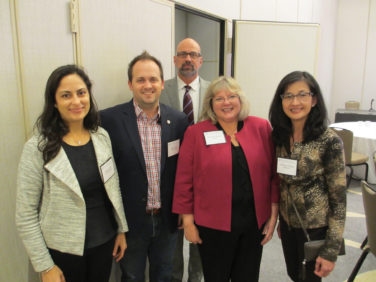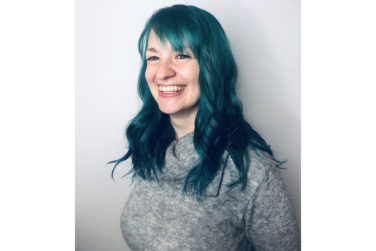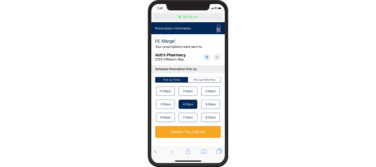The SARS-CoV-2 pandemic has led to many negative health outcomes besides those directly attributable to COVID-19 itself. Foregone and delayed healthcare has allowed many diseases to go undiagnosed and untreated, and the isolation of quarantine has led to increased morbidity and mortality from depression and alcohol and drug abuse.
Patients have not gotten needed care for many reasons. Some were afraid of catching COVID-19 if they went to the doctor. Others lost their jobs and hence their health insurance. Even those who still had insurance may not have had the funds to pay for deductibles or copayments associated with visits. And, of course, some doctor offices or clinics were closed or only open for COVID-19 patients and emergencies.
While telemedicine visits dramatically increased during 2020, the total number of visits with primary care clinicians decreased more than 20%. Screening and laboratory tests that are done in person to find and monitor diseases, like blood pressure checks and cholesterol measurements, were reduced by a third to a half.1
Newspapers and medical journals are full of anecdotes and studies showing that missed screening tests and routine visits have led to more serious disease and worse outcomes. Doctors report seeing more advanced cancers, often in patients who missed their regular mammogram or colonoscopy. Similarly, studies using electronic medical records confirm that various health screenings have decreased by about a third during the pandemic.2,3
Recent federal data show deaths from drug overdoses spiked to the highest levels in recent years, with the biggest jump last April and May, as the pandemic was growing and isolation peaked. Many drug treatment programs closed, and others cut back on their hours.4 Projections estimate that increased “deaths of despair” during the pandemic—those due to drugs, alcohol, and suicide—could reach 150,000, depending on how long the pandemic lasts and how quickly the economy and unemployment recover.5
What Can Be Done to Prevent Serious Illnesses and Excess Deaths?
Medical practices of all specialties need to increase patient outreach to arrange visits for routine, preventive, and ongoing care in order to ensure problems are discovered and treated as early as possible. “Lost to follow-up” can’t be used as an excuse, and patients should be reassured their visits will take place in a safe environment that follows CDC guidance. Doctors should consider performing more complete histories and physical examinations when patients return to care.
We should also work to ensure treatments for drug, alcohol, and mental disorders are more widely available. Drugs such as buprenorphine and naloxone can be lifesaving, and needle-exchange programs should be widely available. Funding for drug treatment programs was included in the recently enacted American Rescue Plan. These programs need to be put into effect immediately if we are to minimize non-COVID deaths and disabilities from the pandemic.
References:
1. Alexander GC, Tajanlangit M, Heyward J, et al. “Use and Content of Primary Care Office-based vs. Telemedicine Care Visits During the COVID-19 Pandemic in the U.S.” JAMA Network Open. 2020;3(10)e2021476.
2. Abelson R. “Advanced Cancers are Emerging, Doctors Warn, Citing Drop in Tests.” NY Times. 18 March 2021, pA6.
3. Petrow S. “For Those at Risk for Cancer, Weighing the Risk of COVID-19 with Delays in Screening and Treatment.” Washington Post. 19 July 2020. https://wapo.st/3aAB6lT.
4. Goodnough A. “87,000 Overdose Deaths in a Year: A U.S. Crisis on Top of the Pandemic.” NY Times. 15 April 2021, p. A7.
5. Petterson S, Westfall JM, Miller BF. “Projected Deaths of Despair During the Coronavirus Recession.” Well Being Trust. 8 May 2020. https://bit.ly/32GUnxk.









